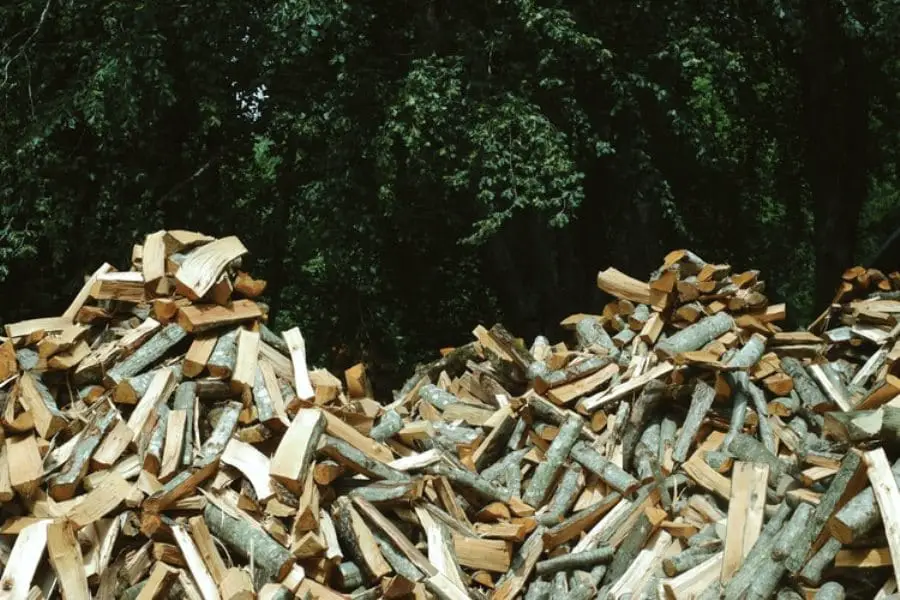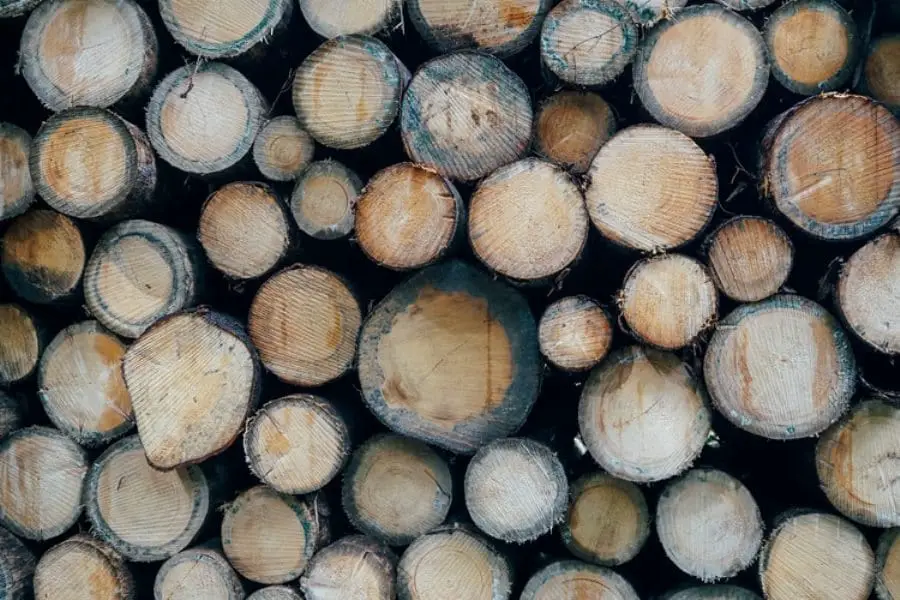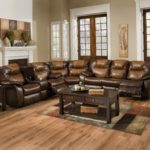If you are someone that is planning on doing a DIY project or two with lumber, then you really need learn what type of wood you are using. This is extremely important not only for the look of the wood, but also for the durability, the resistance, and to protect any living things from the chemicals in treated wood.
Now, here comes the real question, how to tell if wood is treated?
When you are just looking at different types of wood, if they aren’t labeled or if they aren’t sprayed, they can actually be quite difficult to tell the difference between treated and untreated.
Table Of Contents
Do You Have Treated Wood?
Because wood has an extremely long lifespan, and there are quite a few different types of wood, it can be difficult to know whether or not your wood is treated or not. Thankfully, it can take a little work, but if you take a look at the different options, you can narrow down whether your wood is treated or not.
Chromated Copper Arsenate (CCA) Wood

You might be familiar with Chromated Copper Arsenate or CCA Wood. This is wood that has featured with a chromatid copper arsenate preservative, and originally started being used by the mid 1930’s. One huge giveaway of this wood is it’s greenish tint that it usually has.
That being said, because there are better, more safe options available for preservatives you don’t find much wood that is still CCA coated. A general rule of thumb is that unless your lumber is extremely old and from old industrial plants, my first reaction wouldn’t be that it’s CCA.
Alkaline Copper Quaternary Wood

The newer and most popular type of treated wood is Alkaline Copper Quaternary (ACQ) Wood. ACQ is a water based wood preservative that fights off biological and increases its tolerance to weathering, while being a lot more green and safer for the environment than (CCA).
Similar to CCA wood, ACQ wood also has a greenish tint on it that is put on during the production process. That being said, if you see your wood has a slight greenish tint, then it is most likely ACQ wood.
No Color Tinted Wood = Non-Treated Wood?

No that you have seen the options for treated woods, if you don’t see any color does that mean it isn’t treated? This is a possibility.
If you see that the wood has a grayish exterior color, you need to make a cut into the middle to find the true color. If the interior color is yellow or white, this generally means that the wood is untreated!
How to Tell if Wood is Treated Or Not?
After getting some background info on the different types of treated wood, you should finally be able to tell if the lumber you have is treated or if its untreated. That being said, just try to take notice of the following things:
- Tint: If it has a greenish tint that generally means its treated with CCA or ACQ.
- Origin of the Wood: If you find a pallet, then I would doubt it would have been treated before use. But if you have some wood left over from a work site, then there’s a good chance it is.
- Look for Stamps: Many times if wood is treated for construction, then they might have stamped it with a seal to notify you of what it was treated with. Generally this will be on one end of the lumber, but it might not be on every piece.
Check for End Tag
Most lumbers also contain a stamp or label that tells you the lumber is pressure treated. It is usually an end tag commonly found in treated wood. The end tag contains information about:
- Name of the preservative used for the treatment
- Rating
- Preservation company
- Other related information
You should be wary about treated wood that used Chromated Copper Arsenate for treatment. Avoid it. CCA contains a type of arsenic that can possibly increase the risk of causing cancer. Hence, why wood treated with CCA is banned for use in decks, playgrounds, and most structures and residential areas.
Identifying the Stamp
Some constructors and commercial builders still use CCA-treated wood until its prohibition in 2003. If your home or other structural assets were made before 2003, the wood it used might be treated with CCA. Most now use alkaline copper quaternary (ACQ) for treatment.
Wood treated with arsenic has a stamp that reads “L P22” indicating it was treated using arsenic. Arsenic is one of the safe varieties for wood treatment. Wood with a stamp that reads “L P2” should never be used for your classic Canadel furniture, Medallion kitchen cabinets, or playset for kids. It’s not that toxic, however, it’s better to be safe.
If you want to know the safest treated wood, look for wood that has a stamp that reads “FDN” meaning foundation. This wood is generally used as the base underneath home floorings. Another safe treated wood is one treated with borate. Look for a stamp that reads “Bor”, “Hi Bor”, and or “Tim Bor”.
Smell Test
If it is impossible to find a stamp or end tag as well as identifying color tint, then go with the smell test. Pick up a piece of wood and smell it heavily. Non-treated wood will have a pleasant, fresh, and natural smell. Treated woods will have traces of oil or chemical smell.
However, if you know that the wood is older than 2003, don’t even try to smell it. CCA is dangerous even for smelling. What’s even more alarming is that it doesn’t have a distinct odor, so you might mistake it for non-treated wood.
If the wood is older than 2003, just cut a piece from the wood to check if it is pressure treated or not.
What Are Softwoods?
All softwoods are pressure-treated wood. Most of them come from coniferous trees like Douglas fir, yellow pine, white pine, and spruce.
Softwoods are naturally wetter because they contain more sap compared to hardwoods. Hence why softwoods are pressure treated to prolong their usage time. In short, softwoods are pressure treated while hardwoods are not.
If you can identify hardwood easily, then you can also discern if the wood is pressure treated or not.
Final Thoughts on Treated Lumber
In the end, it can be hard to tell if wood is treated or not. It can be good to know this before you begin your construction project or DIY projects like building a coffee table, fixing up the backyard, or constructing a wooden fence. Hopefully you learned the difference between CCA, ACQ, and untreated wood, and you have learned how to tell if it is treated!






